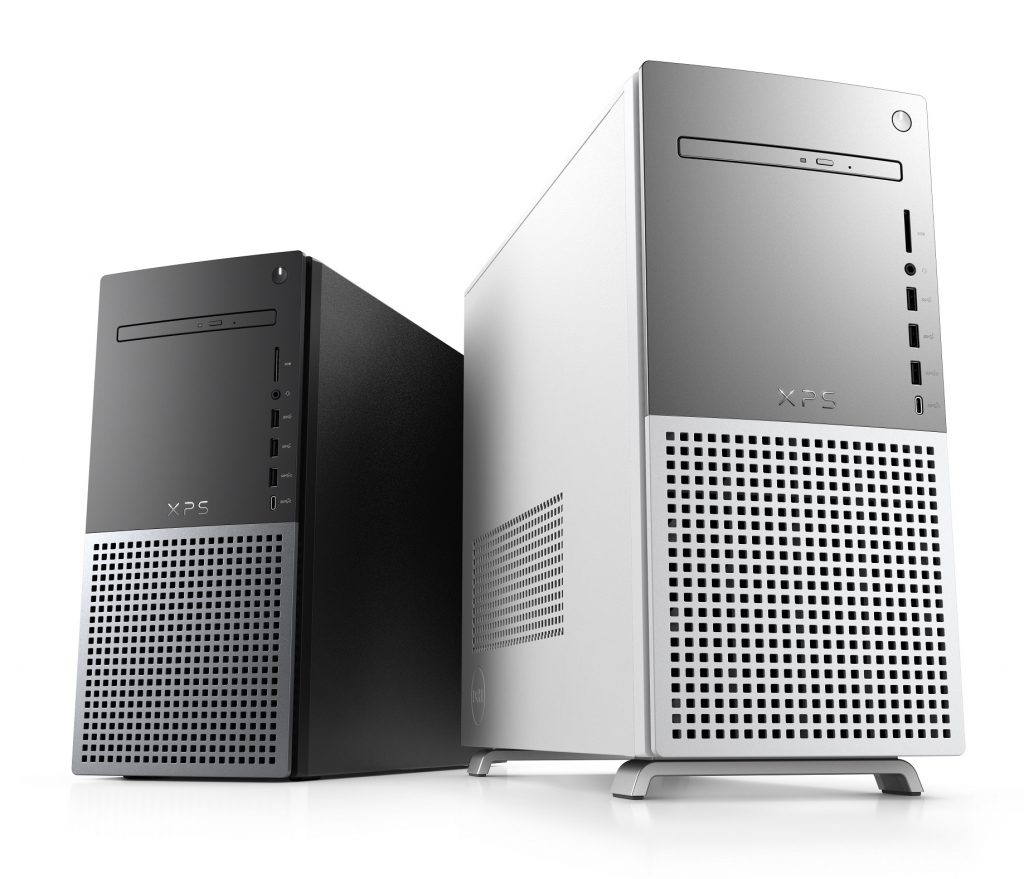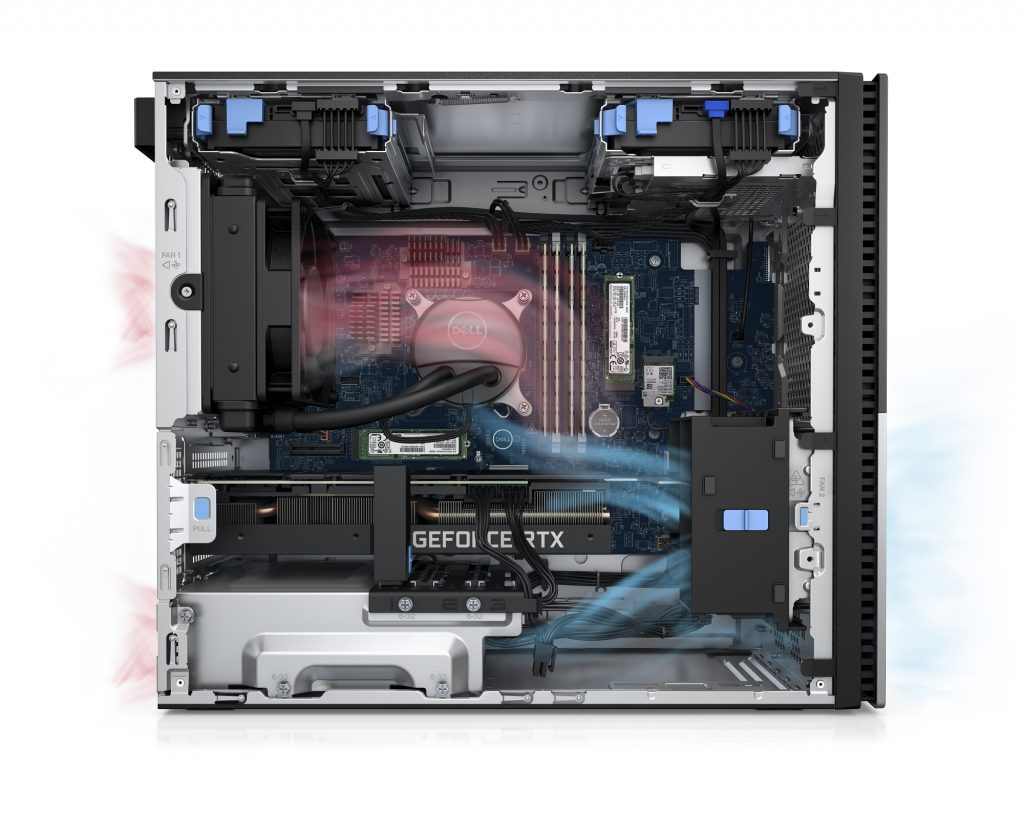If you’re looking for technology to pursue your creative passions, you have a new option to consider: the Dell XPS Desktop.
Powered by Windows 11, this PC ushers in an expansive suite of next-gen performance technologies and a more robust cooling architecture, making it the most powerful XPS Desktop ever made [1]. Designed to bring you closer to what you love, Windows 11 empowers your productivity and inspires your creativity.
The XPS Desktop comes with the new 12th Gen Intel Core desktop processors (up to i9) that can handle creative projects and gameplay with ease alongside the graphics options: either NVIDIA GeForce RTX 30 Series GPUs (up to a 3090) or AMD Radeon RX GPUs (up to a 6900 XT).
Dell’s engineers redesigned the thermal architecture of the device to maximize performance and soften the acoustics through improving airflow. The front bezel of the chassis is designed to intake cool air and move it from the front and out the back. Overall, the new desktop is more than 50% quieter under load over previous generations [2].
Digital content creators – such as photographers, graphic designers, music producers and many others – can tap into a “Creator Edition” that comes with pre-selected configurations ready to withstand creative workloads. But this PC is also customizable, so the system can grow to meet increased performance demands over time. Using the toolless entry chassis, you can easily upgrade the CPU, GPU, memory, storage and more to keep pace with new technology as it becomes available.
Dell is also announcing a redesign of its flagship Alienware desktop: the new Alienware Aurora R13 and Alienware Aurora Ryzen Edition R14, now available in the U.S. and Canada on Alienware.com.
Be sure to check out the Dell Technologies Blog if you want to learn more about the new XPS Desktop and Alienware Aurora.
[1] Based on Dell internal analysis, October 2021.
[2] Based on Dell internal testing conducted October 2021. These results are true when testing all three cooling options.
Source: Windows Blog
—

